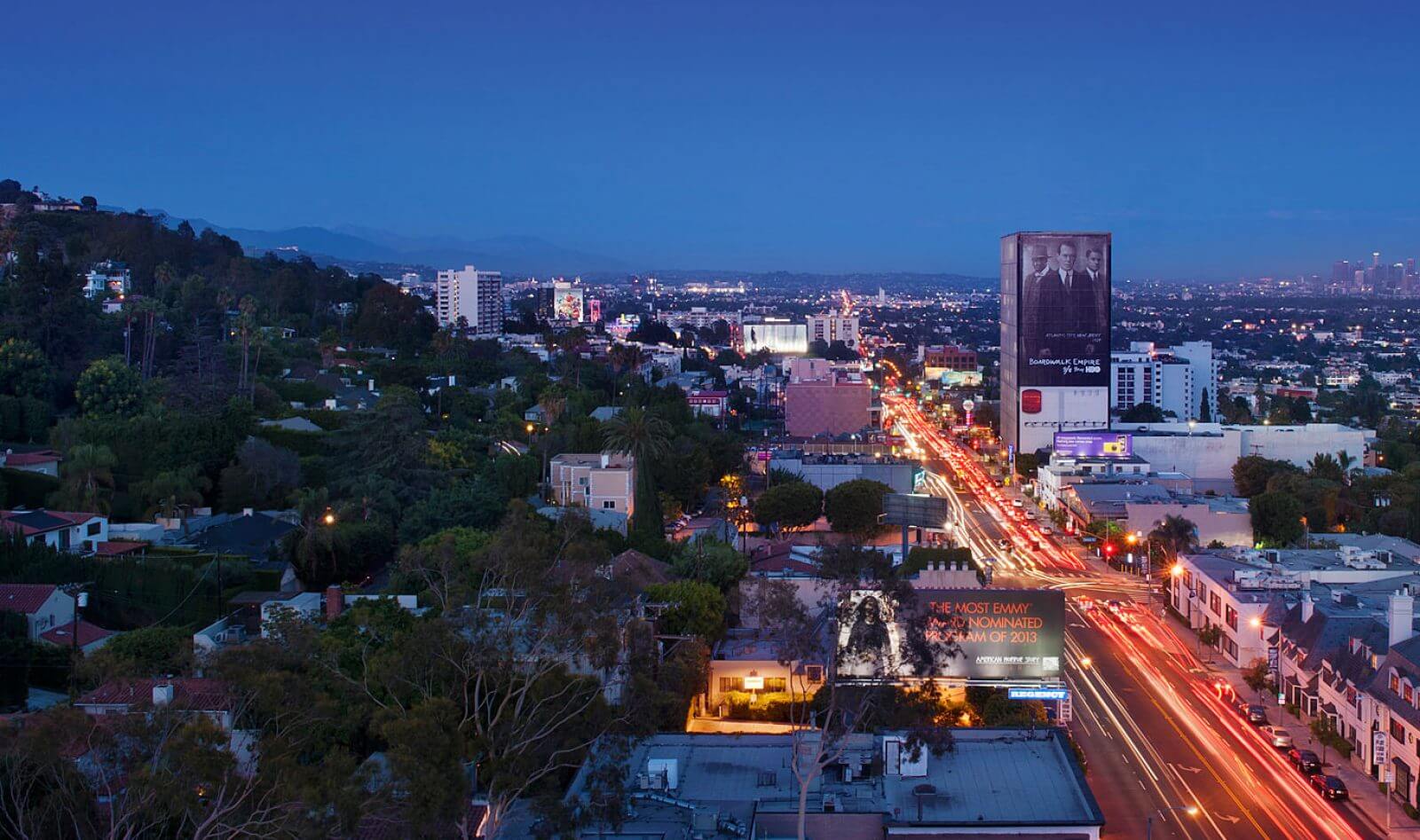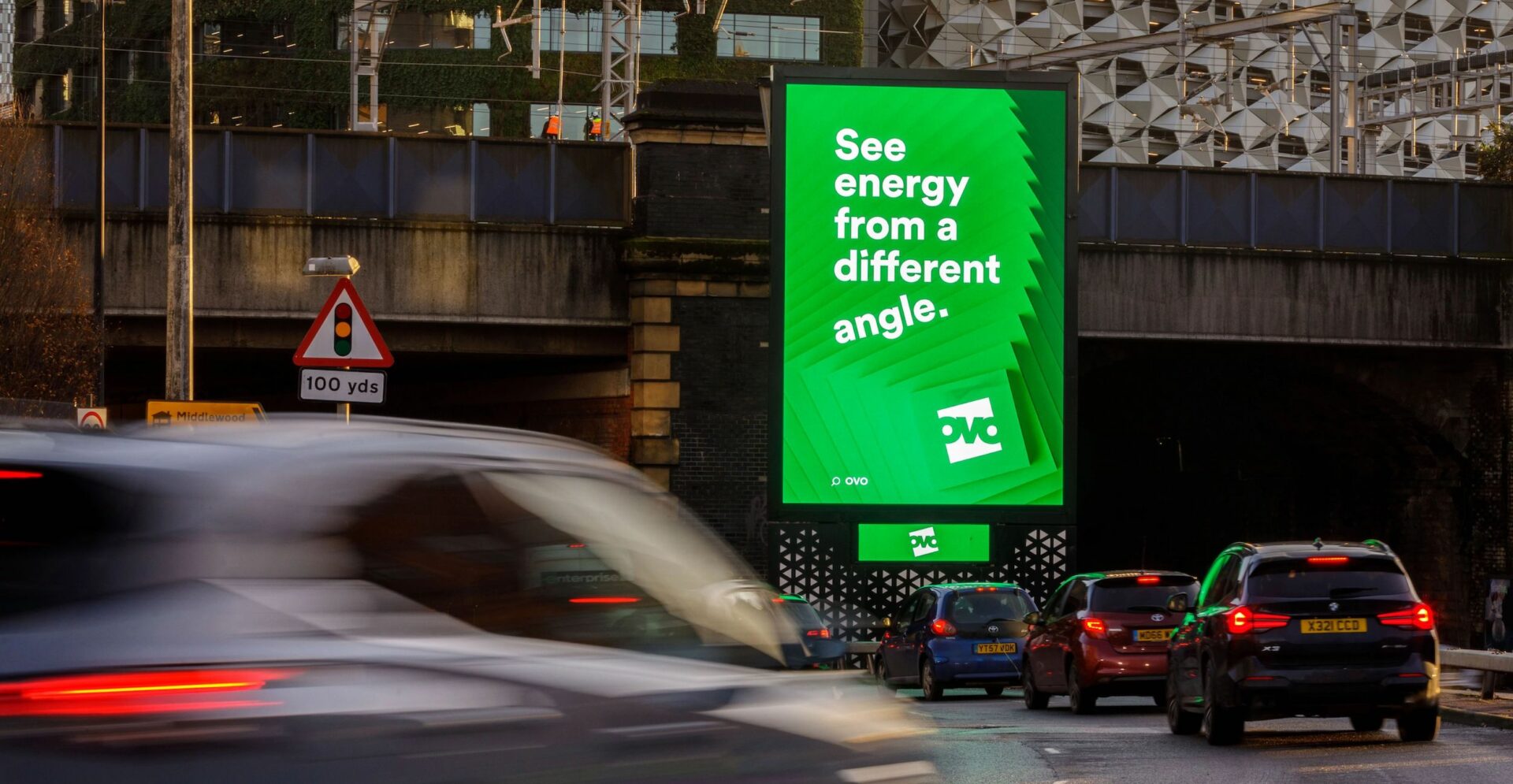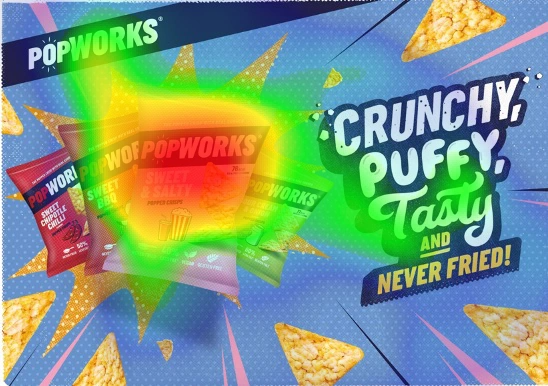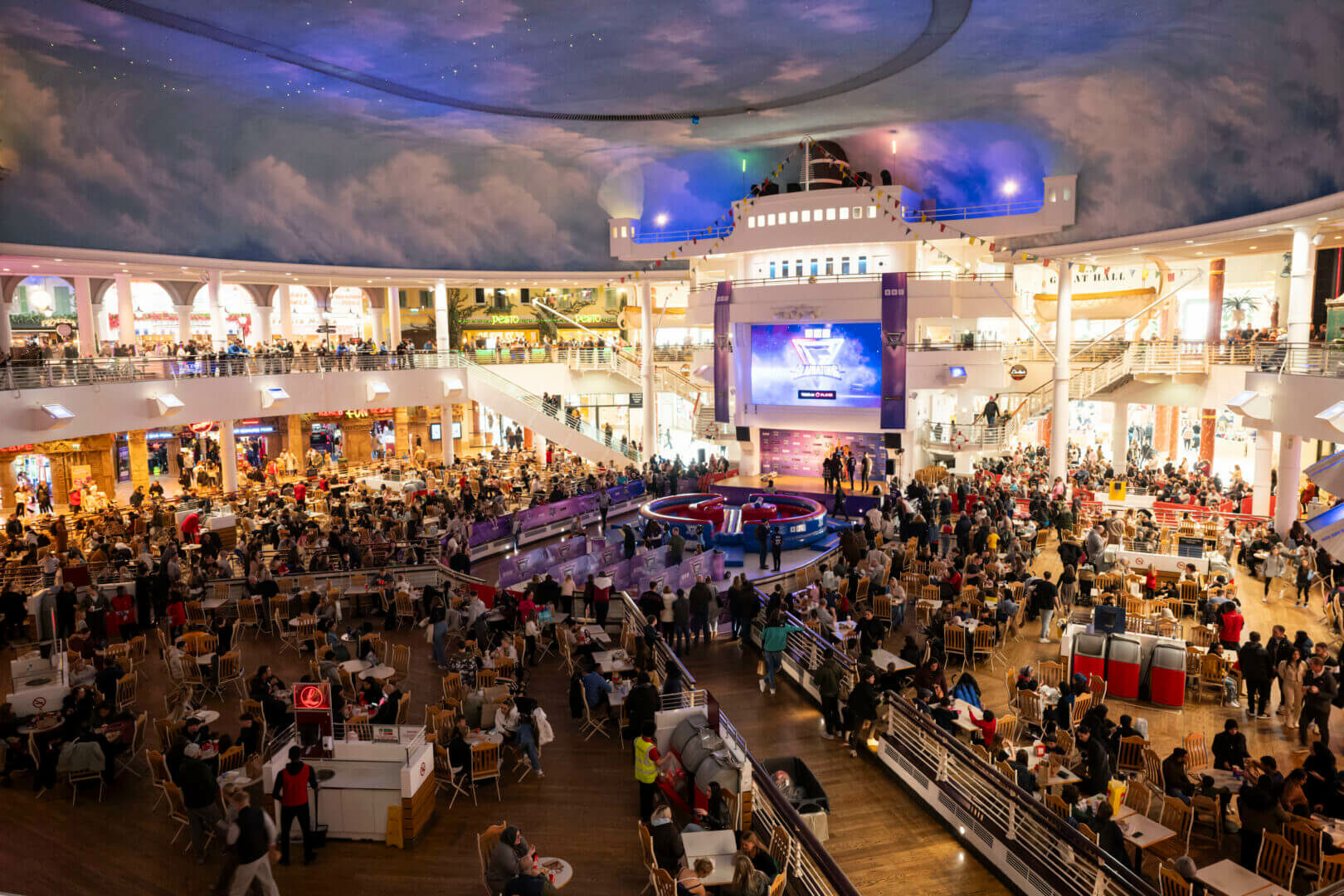The Sunset Strip: An Iconic OOH Location Goes Digital
Situated in the entertainment capital of the world, the Sunset Strip is not only a world-renowned landmark for the city of Los Angeles but has also become an iconic symbol for the out-of-home (OOH) industry.
Outside of New York’s Times Square, nothing screams “Look Ma, I made it!” like a vanity billboard on the Sunset Strip in the heart of Hollywood. Now, aping its East Coast counterpart, the Strip is undergoing long-overdue digitization, which will transform the landscape and propel this coveted cultural setting into a new era.
Talon North America’s, Lina Gouveia, explores the history of the iconic Strip and explains how the digitization of OOH advertising will offer brands new opportunities to create “unmissable, memorable campaigns” and extract more value from their OOH media budgets.
The story of how the Strip became a top destination dates back to the Prohibition Era. The 1.5-mile-long “strip” of land was outside of LA city limits, and thus, law enforcement jurisdiction.
That led to an influx of nightlife, including speakeasies and gambling clubs, attracting movie stars, gangsters, and others looking to enjoy lawless pursuits. Over the years, renowned musicians frequented infamous venues, such as Whiskey a Go Go, The Roxy, and The Viper Room. And now the Strip is laden with upscale residences, restaurants, shops, and hotels, including the legendary Chateau Marmont, which opened in 1929 and still attracts a cadre of ‘who’s who’ today.
Early on, part of the Strip’s appeal to entertainers – particularly musicians – was the opportunity to market themselves on static billboards along the boulevard. Robert Landau, a famous photographer who started documenting its billboards in the 1960s, noted “For record companies, the billboards and the Strip seemed like a match made in heaven. The Strip was ground zero for a large youthful population that had money and was only too eager to embrace new artists.” And that allure continues today. Nowadays, a prime billboard along the Strip can range from tens of thousands to hundreds of thousands a month. In fact, 18 of the Strip’s billboards were acquired for upwards of $150 million in 2018 – not by major studios, networks, or music companies, but by a technology-first entertainment juggernaut, Netflix.
For Your (Digital) Consideration
What’s unique about the Sunset Strip is that its billboards have largely remained static for so long – despite the industry around it becoming increasingly digitized. A reminder that advertisers still recognize the value of pure location and audience, beyond the media format.
For the media owners, there’s no rush to digitize boards that are always fully rented. And yet, after thoughtful consideration, the City of West Hollywood, the custodian of the billboard legacy on the Strip, decided it was time to innovate and issued an RFP in 2015 to revitalize the Strip. Dubbed the Sunset Arts & Advertising Program, applicants were tasked with modernizing the setting, while honoring the traditions and character of Sunset Boulevard.
This summer, the Sunset Arts & Advertising Program completed its competitive application vetting process, selecting 21 initial signage projects to move forward with. The goal of the development is to marry digital displays with responsible architecture and turn the advertising into an experience. The first unit is currently expected to be up by late January 2021 with others to follow into 2022.
These new projects update the concept of what a billboard can be by creatively using shape in relation to the street and to the buildings that support them. Among the cutting-edge signage, offerings is a “floating” billboard on 8743 Sunset that uses the latest LED technology and will have an opaque frame that seems to disappear when viewed from certain angles. The design combines functional minimalism with the desire to create heightened experiences for pedestrians. Another digital display will wrap around the highly visible southeast corner of Sunset Boulevard and Harper Avenue. The ground floor media wall’s uncommon use of transparency and separation presents as both functional and innovative. Yet another located at 8497 Sunset features a dynamic “media cube”-a gorgeously vivid apparition made of three seamlessly integrated LED panels, which give advertisers both the opportunity and the encouragement to invest in unique content for this site.
The West Hollywood Sunset Strip revitalization is indicative of a larger trend occurring in the industry. The number of outdoor displays that are digitized is growing exponentially. According to eMarketer U.S. Digital Out-of-Home (DOOH) Ad Spending 2020 report, the number of digital billboards in the U.S. has increased 43.3% from H1 2016 to H1 2020. In 2020, DOOH is expected to account for one-third of total U.S. OOH ad spending. And eMarketer predicts that DOOH ad spending will increase from $2.72 billion in 2020 to $3.84 billion in 2023, driven by the ever-expanding scale, quality, and addressability of DOOH screens across the U.S.
Digital Drives Impactful & Measurable OOH Creative
Digital formats breathe life into brand messages. And by connecting digital creative to context, marketers can create unmissable, memorable campaigns that are relevant and engaging, whenever and wherever they are seen.
One such example is the DOOH creative work surrounding the launch of Amazon Prime Video’s limited fantasy series Good Omens. Amazon collaborated with Talon’s award-winning digital creative team, Grand Visual, to unleash five digital doomsday countdown billboards in Times Square that used real-time augmented reality filters to create animations that interacted with passersby. The activation sparked 5% of all social conversations during the show’s launch week and highlighted how OOH creative can extend campaign reach beyond a physical OOH location.
Dan Dawson, Talon’s Chief Creative Officer, firmly believes that marketers who capitalize on the creative potential of digital screens make their OOH media budgets work harder.
Dawson also notes that “being able to react to real-time conditions, such as traffic, weather or other real-world variables, is largely underutilized by advertisers. In the future, we expect to see more data-driven campaigns that react to social chatter, sentiment, breaking news, and real-time audience composition. The true power of dynamic OOH campaigns has yet to be realized on Sunset and beyond – but the time is now for advertisers to up the digital ante.”
With this revitalization in motion, the Sunset Strip is embracing the legacy of creative, large-format advertising while setting a new standard for DOOH that will solidify it as one of the world’s premier locations where art, culture, and advertising collide.




